This book deals with the issues of development among Scheduled Tribes in India. The President of India by his special power declared some communities in various pockets of our country as Scheduled Tribes on 26 January 1950 under Article 342 of the Constitution of India. According to the recently circulated Draft of the National Policy on Tribals, there are 67.8 million Scheduled Tribe people, Comprising 8.08 per cent of India’s population. There are 698 Scheduled Tribes spread over the country except the States and Union Territories of Chandigarh, Delhi, Haryana, Pondicherry and Punjab. This volume covers a number of issues pertaining to tribal societies in India.
ABOUT THE AUTHOR H.S. Saksena
H.S. Saksena, former Director, National Commission of Scheduled Castes and Scheduled Tribes, and presently, one of the editors of The Eastern Anthropologist. He was a member, Vision 20 Committee of Planning Commission. His books include Constitutional Safeguards for Scheduled Castes and Scheduled Tribes, An exploration in the Constitutional Assembly Debates (1978), Perspectives in Tribal Development (1988), and Putting People Last (1999).
ABOUT THE AUTHOR Sukant K. Chaudhury
Sukant K. Chaudhury (b. 1961) is Reader in the Department of Sociology, University of Lucknow. He did his M.A. AND Ph.D from the University of Delhi. His books include Myopic Development and Cultural Lens (1993), and Tribal Identity (2004). Currently, he is the General Secretary of two associations of anthropologists, namely Ethnographic and Folk Culture Society, Lucknow, and Indian Anthropological Association, Delhi.
ABOUT THE AUTHOR Vinay Kumar Srivastava
Vinay Kumar Srivastava teaches social anthropology at the University of Delhi. He is the author of Religious Renunciation of a Pastoral People and has edited Methodology and Fieldwork. He has carried out intensive fieldwork in western Rajasthan, and is presently working on a book on the economy of a seminomadic, pastora community.


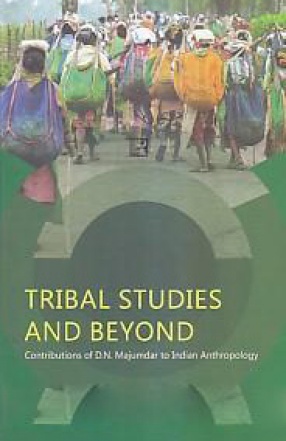
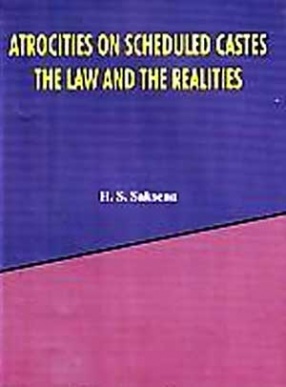

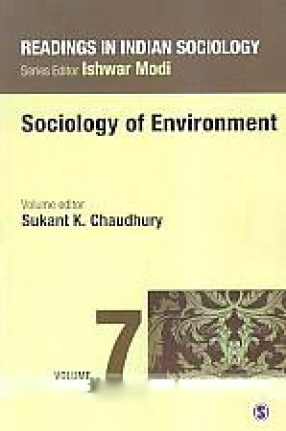
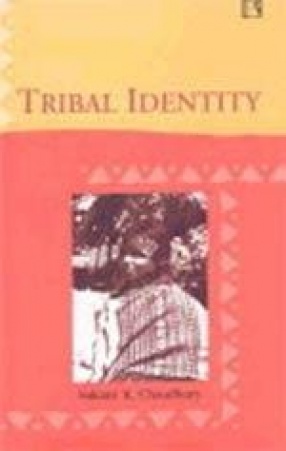
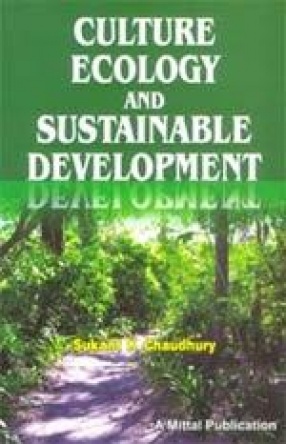
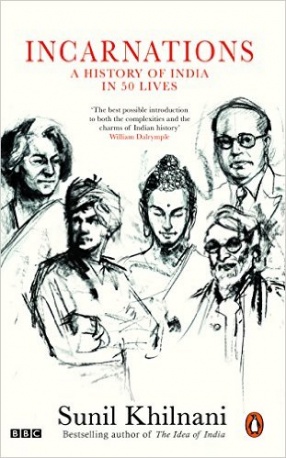
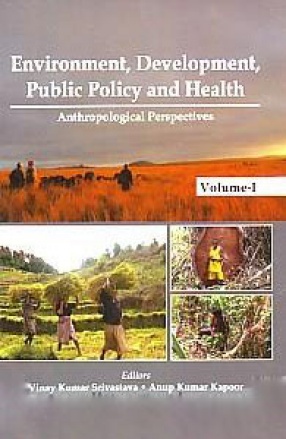
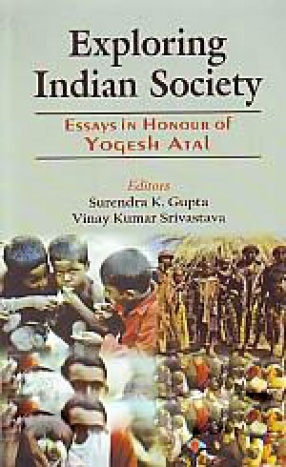
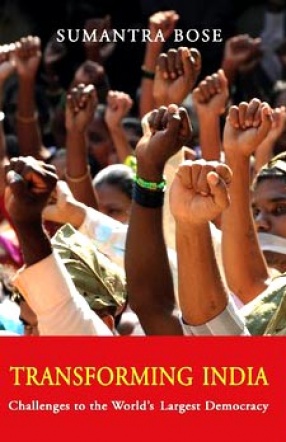
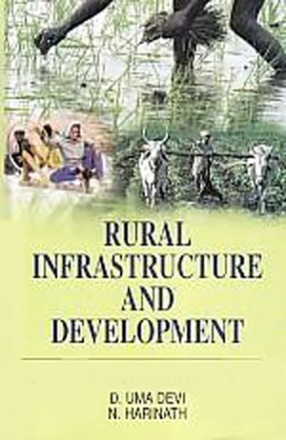

There are no reviews yet.